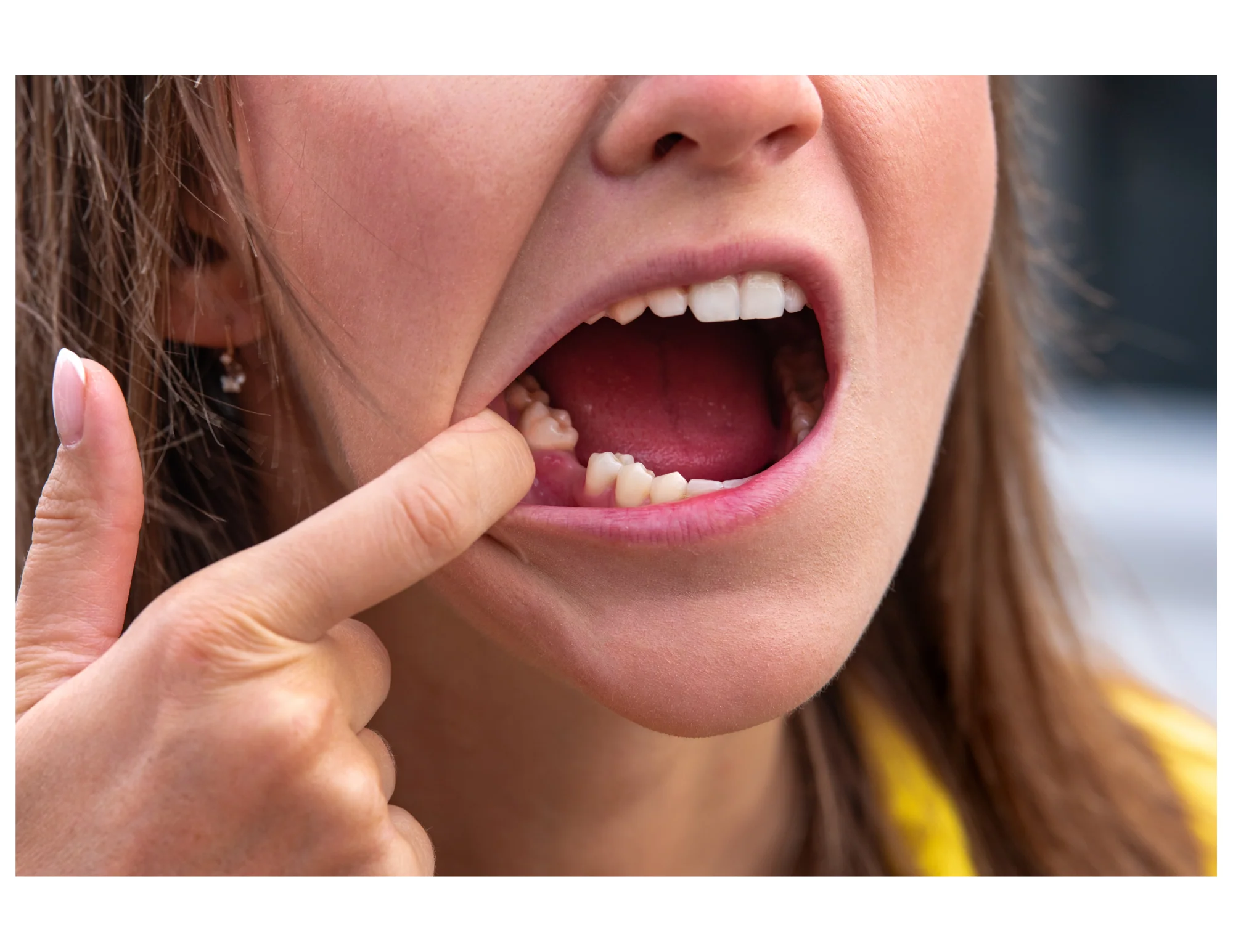
What is dry socket?
Dry socket, also called alveolar osteitis, is a painful complication of a tooth extraction.
When a tooth is pulled, a blood clot usually forms in the socket. The word ‘socket’ refers to the hole in the jawbone where the tooth used to be. This blood clot protects the bone and nerve.
If the blood clot is dislodged or does not form well, the bone and nerve are left exposed. This causes extreme pain and can lead to infection.
If you have dry socket, you will need to return to your dentist or oral surgeon.
What are the symptoms of dry socket?
It is normal to feel sore or uncomfortable after having a tooth removed. But the pain with dry socket can be intense. It may start a few days after the extraction. If you have dry socket you may have:
- severe persistent, throbbing pain within 2 to 4 days of the tooth extraction — the pain may extend to your ear or eye on the same side of the face
- bad breath
- a slight fever
- an unpleasant taste in your mouth
What are the causes of dry socket?
Dry socket may be caused by a range of factors, such as an underlying infection in the mouth, trauma from the tooth extraction or problems with the jawbone.
The condition occurs more often with wisdom teeth in the lower jaw than with other teeth. You are also more likely than others to develop dry socket if you:
- smoke
- previously had dry socket
- had a difficult tooth extraction
- use oral contraceptives (birth control pills)
- do not have good dental hygiene
- have had a tooth extracted from the lower jaw, especially a wisdom or molar tooth
How is dry socket diagnosed?
If you have severe pain after a tooth extraction, see your dentist or oral surgeon. They will talk to you and examine you. You may need an x-ray to rule out other conditions such as osteomyelitis (a bone infection).
How is dry socket treated?
If you develop dry socket, your dentist or oral surgeon may:
- flush out any food particles stuck in the socket
- put a medicated dressing in the socket
Your dentist may prescribe antibiotics or pain medication. They may ask you to rinse your mouth with a mouthwash or salt water at home. The condition should improve quickly after treatment.
Can dry socket be prevented?
To prevent dry socket after a tooth extraction, follow your dentist’s instructions including how to clean your mouth.
Do not suck through a straw after a tooth extraction, and take care when you rinse and spit, as these can cause the blood clot to dislodge.
It is best not to smoke, as this can reduce blood flow to the mouth and prevent a blood clot from forming.



